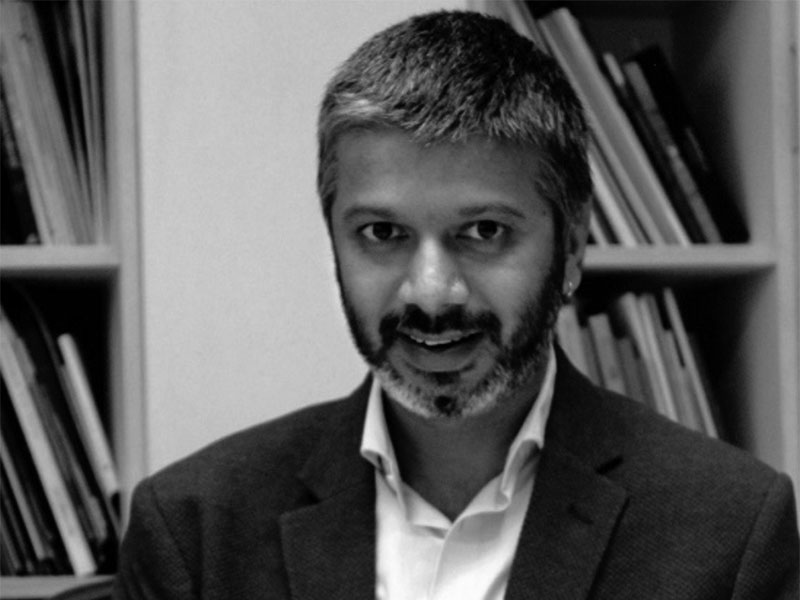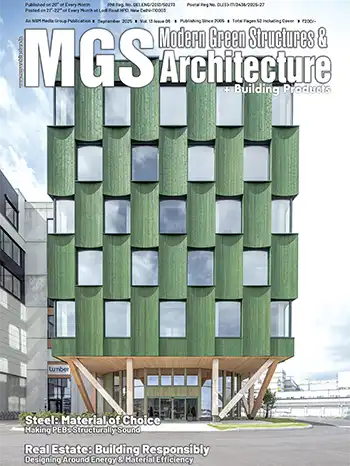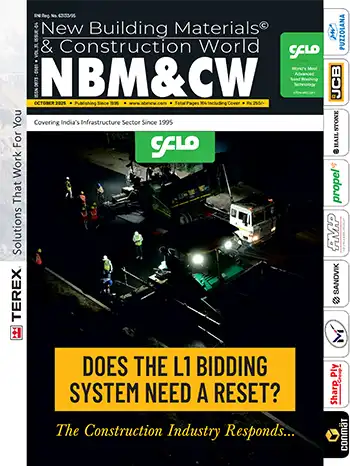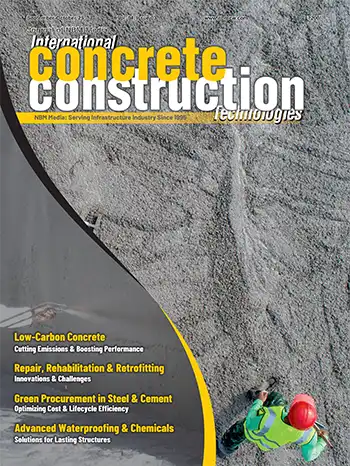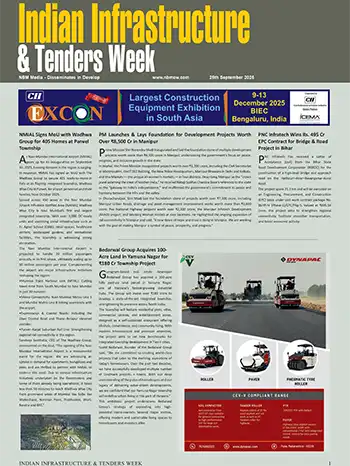The industry’s shift toward creating architecture that is not just visually stunning but deeply experiential and adaptive to the human spirit.
Sumit Dhawan
One of the most striking shifts is the emphasis on personalized spatial storytelling. Clients today are seeking homes and workspaces that are not just functional but are a reflection of their aspirations, lifestyles, and identities. The rise of bespoke design solutions—think curated art pieces, eclectic facades, and integrated smart solutions—is allowing spaces to exude individuality while catering to nuanced needs. This is particularly evident in celebrity homes, where every corner of the house becomes an emblem of their persona, blurring the line between architecture and self-expression.
Multi-sensory design is gaining traction. Architects are increasingly incorporating elements that engage all the five senses, from acoustic-friendly interiors and mood-responsive lighting to textures and materials that offer tactile richness. For instance, incorporating courtyards, water bodies, or even custom scent diffusers into residential and commercial spaces is becoming a hallmark of experiential luxury.
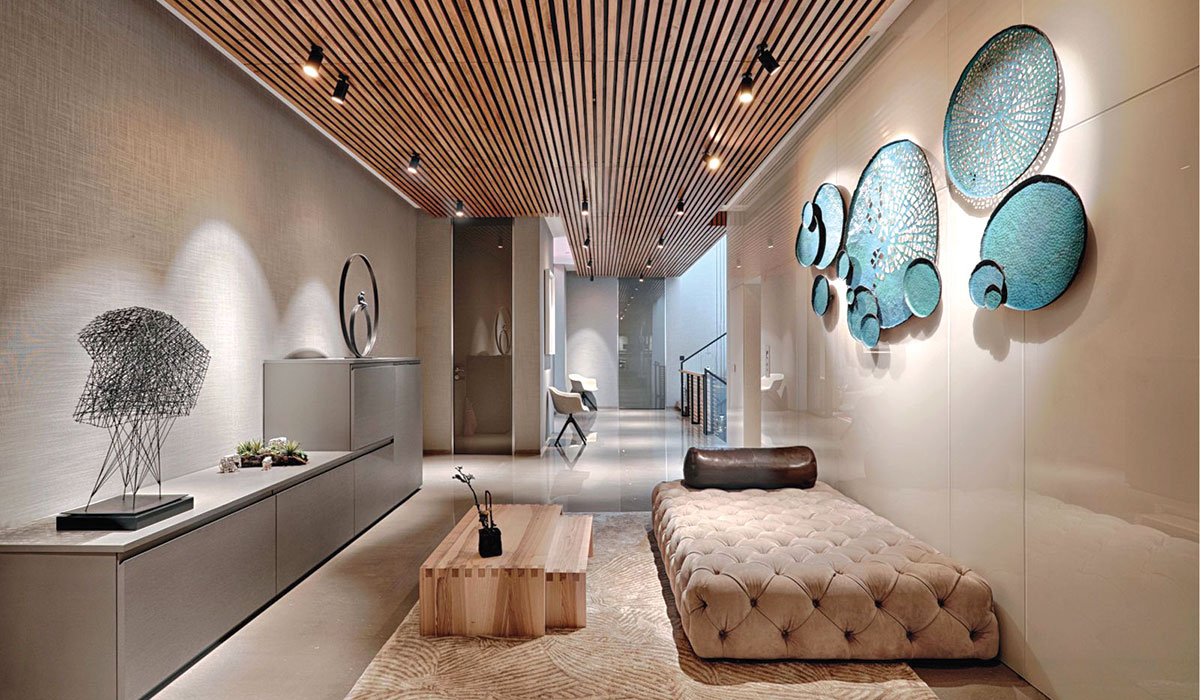
Another trend that is transforming design is the integration of immersive technology. With advancements in virtual and augmented reality, architects are pushing boundaries by enabling clients to visualize their spaces in detail before construction begins. Smart homes are also evolving, with AI-enabled systems that adapt not just to routines but to emotions, creating intuitive environments that resonate deeply with inhabitants.
We also foresee a surge in hybrid spaces—homes doubling as work hubs, offices featuring lounge-like zones, and spaces designed for multiple functions. The goal is to craft environments that are as dynamic as the people inhabiting them.

